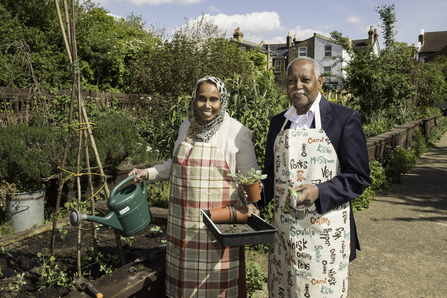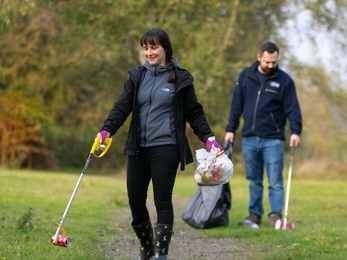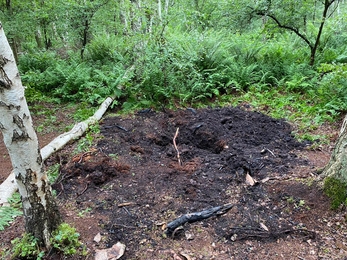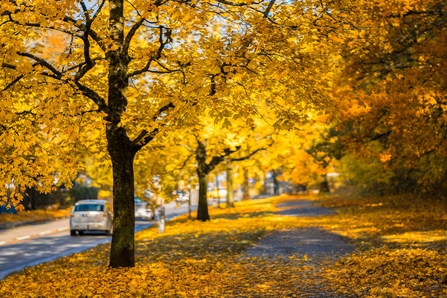The Great Fen was one of 5 UK Pilot areas selected to trial the IUCN’s Global Standard for Nature based Solutions methodology and self-assessment tool. Nature-based solutions (NbS) are innovative approaches that regenerate areas affected by human activities, restoring key ecological functions that improve people’s quality of life. In the Great Fen, this means rewetting the peatlands and trialling new methodologies in farming. But NbS don’t have to be landscape-scale. We can all take individual actions to help our own gardens and local wildlife adapt to climate change.
With more unpredictable weather patterns, our region will face increased surface water flooding in winter and greater drought and wildfire risks in summer. As average temperatures rise, wildlife needs routes to reach cooler areas. The climate will continue to shift for a long time to come, and we need to find a way to live with these changes. Taking adaptation actions can help limit or avoid the negative effects of climate change. Many options in this blog are NbS: simply meaning actions that harness the power of nature to help us adapt.
Plenty of adaptation actions are simple to carry out, giving you some quick wins. Other options require more time, planning or resources, but can make a big difference and benefit wellbeing and nature. Many of these ideas have been drawn from the excellent Climate Adaptation Toolkit created by the Adapting the Levels partnership project. Our thanks for their permission to reproduce parts. Do download the full guide for even more ideas.














